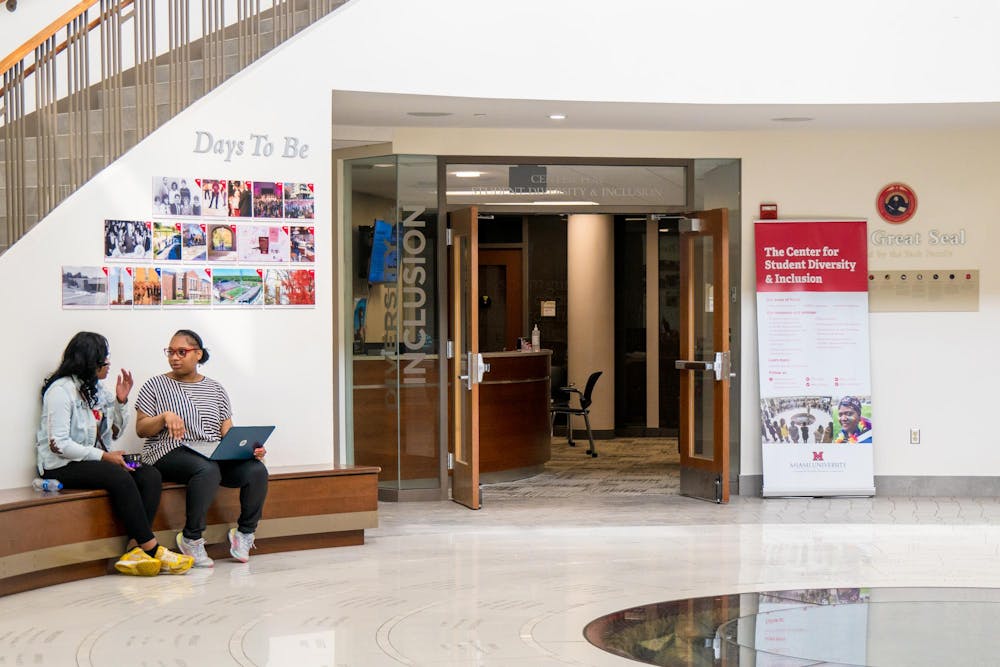I read, with considerable consternation, professor John-Charles Duffy’s letter to The Miami Student that was published in print edition on April 14 concerning the leadership of Miami University – President Gregory Crawford – and the recent passage of Ohio Senate Bill 1 (S.B. 1).
Perhaps, Duffy should have taken a closer look at the inner workings of Miami’s diversity, equity and inclusion (DEI) group and the impact it has on Miami students.
I am an older, non-traditional Miami student who has been involved in class work for the past decade. About five or six years ago, a guest from Miami’s DEI department came to my class as a guest lecturer. This was the first time I had been exposed to the staff of Miami’s DEI department. Since many in this class were first years, my guess is that this was also a first-time exposure for many of my fellow students.
After a few minutes of introduction, the guest speaker talked about their department, defined some terms and gave students a historical look at race relations in the United States.
I knew that the guest speaker would be there prior to the class. So, I had jotted down a few names from the early Civil Rights movement beforehand. I raised my hand and asked the speaker about their view on a half dozen of these early leaders and their impact on current race relations in the U.S.
Imagine my shock when the speaker said, “Those people were ‘old school,’ and they knew nothing about the struggle we face today.”
Another student asked the speaker about what they felt was the “biggest challenge in improving race relations today.” Without hesitation, the speaker said, “It boils down to a war between us and them.”
I, again, raised my hand and asked the speaker to define “them.” The speaker turned to me and said, “It’s people like you.”
We are all products of our own personal experiences with every person and every idea put in front of us. Based on what I have described in this classroom scenario, how would or could professor Duffy promote or defend the impression left on the minds of dozens of students that day by Miami’s DEI group. I did my own investigation over the next few years about the speaker. Would it surprise anyone to learn that the same rhetoric continued unabated and unchecked?
Crawford had nothing to do with whether S.B. 1 became law in Ohio, or did he? Does Duffy know anything about private conversation that Crawford may have had behind the scenes about his disapproval? Does Duffy now suggest that Crawford engage in “civil disobedience” that would probably curtail funding that pays his (Duffy’s) own salary?
It’s one thing to take the moral high ground on any issue that is charged with emotion. It’s a totally different story when one acts as a “Monday morning quarterback” when the game has already been played.
Lee Fisher
Enjoy what you're reading?
Signup for our newsletter
Miami, 1968
Oxford, Ohio
Lee Fisher is a Miami University graduate, a current in-class student at Miami and an Oxford resident.
At The Student, we are committed to engaging with our audience and listening to feedback. This includes publishing a diverse array of guest editorials. For more information on guidelines and processes, email Taylor Powers, The Student's opinion editor, at powerstj@miamioh.edu.




